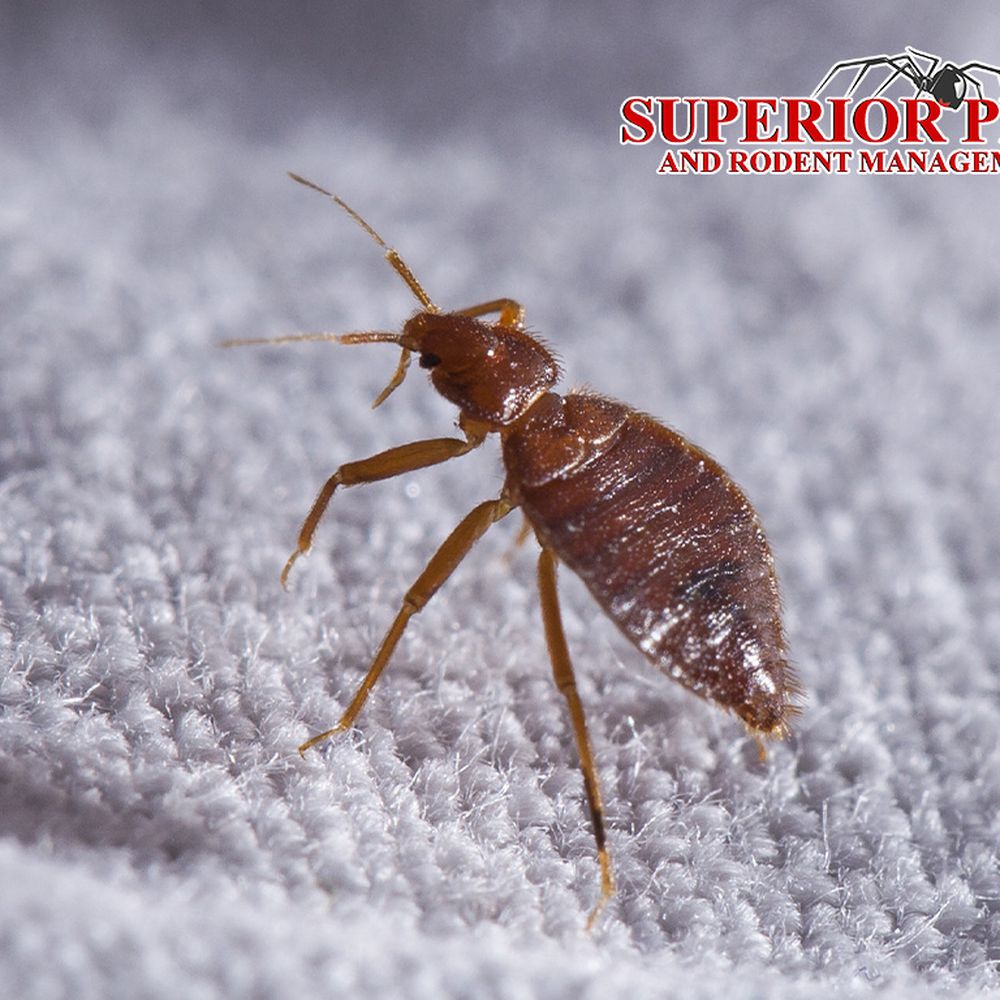Comprehending Various Types of Therapies for Bed Bug Control
When faced with a bed bug problem, exploring the various therapies readily available is essential for reliable control. Recognizing the subtleties and effectiveness of each therapy technique is important in developing an extensive technique for combating bed pests.
Chemical Sprays
Chemical sprays are a generally used method in the control and eradication of bed pests because of their efficiency in targeting and removing these bugs. These sprays normally consist of pesticides that are particularly designed to eliminate bed bugs upon call. When using chemical sprays for bed bug control, it is crucial to adhere to the manufacturer's directions very carefully to make certain safe and reliable application.
One of the primary advantages of chemical sprays is their capability to get to into splits and crevices where bed insects may be concealing, giving an extensive therapy method. Additionally, chemical sprays can provide residual impacts, continuing to get rid of bed pests even after the preliminary application.
Nonetheless, it is necessary to note that some bed insect populations have established resistance to particular sorts of insecticides, making it required to revolve between different chemical sprays to stop resistance from developing. In addition, proper ventilation and preventative measures should be taken when utilizing chemical sprays indoors to minimize prospective health and wellness threats to human beings and pets.
Warm Therapies
Warmth treatments are an extremely reliable technique for eliminating bed bugs by using heats to eliminate problems. EZ bed bug exterminator las vegas. This process entails elevating the temperature of the ravaged area to levels that are lethal to bed bugs, commonly in between 120 to 135 levels Fahrenheit. The warm is uniformly distributed throughout the space, passing through cracks and crevices where bed insects might conceal, making sure thorough obliteration
One of the essential advantages of warmth therapies is that they can get rid of bed insects in all phases of development, consisting of eggs, nymphs, and adults. This is specifically important as bed bug eggs are frequently resistant to several chemical therapies, making warm a more reputable choice for full removal. Furthermore, warm therapies are green and do not entail the use of possibly harmful chemicals, making them a favored option for those worried about the environment or sensitive populations such as youngsters or pet dogs.

Freezing Methods
While heat therapies are reliable in getting rid of bed bugs, an alternative approach that has gained appeal is making use of freezing techniques to eliminate problems. Icing up methods include revealing bed bugs and their eggs to temperature levels listed below cold indicate kill them. This process is normally performed making use of customized tools such as cryonite equipments or freezing chambers.

Nevertheless, freezing techniques might take longer to achieve total obliteration contrasted to warm treatments, as the cold process needs more time to guarantee that all bed pests and eggs are killed. In spite of this, cold approaches continue to be a feasible and effective choice for regulating bed bug invasions, specifically in situations where warmth treatments might not be appropriate.
Natural Treatments
Applying all-natural solutions can provide a green and non-toxic technique to taking care of bed insect problems. Important oils like lavender, tea tree, and peppermint are understood for their insect-repelling properties and can be used to create homemade sprays. These oils can be watered down with water and splashed around plagued areas to discourage bed insects. Diatomaceous planet, an all-natural stratified rock powder, is another reliable solution. It works by dehydrating bed pests and can be sprinkled in cracks and crevices where bed insects conceal. Furthermore, steam treatment is a chemical-free means to eliminate bed insects and pest control process their eggs by utilizing high temperatures to penetrate upholstery, carpets, and various other possible hiding places.
Furthermore, including bed mattress encasements made from firmly woven fabric can help trap bed insects already present on the cushion and protect against new problems. Cleaning and drying out bed linens at heats can also assist in getting rid of bed pests. While natural solutions can be helpful, extreme problems might require specialist intervention to entirely eliminate the pests.
Integrated Bug Management
To successfully address bed bug invasions, a thorough approach referred to as Integrated Bug Administration is usually recommended. Integrated Insect Administration (IPM) is a calculated and ecologically sensitive technique that combines rodent control products online different methods to regulate bed bugs effectively. This technique focuses on long-term prevention and uses a mix of chemical, non-chemical, and keeping track of techniques to handle problems.
In IPM, the primary step is to perform a detailed inspection to determine the degree of the invasion. This helps in developing a customized treatment plan that targets the certain demands of the afflicted area. Physical techniques such as vacuuming, steaming, and warm treatments are frequently utilized in conjunction next with targeted pesticide applications to eliminate bed insects in all life phases.
In addition, IPM emphasizes the value of safety nets to prevent future problems. This includes informing locals on bed bug avoidance, identifying prospective entrance factors, and maintaining cleanliness to decrease concealing areas for bed insects. By integrating multiple control methods, Integrated Pest Administration uses a holistic and lasting strategy to efficiently take care of bed pest problems.
Conclusion
In conclusion, various treatments are readily available for controlling bed bug infestations. Chemical sprays, heat therapies, freezing techniques, natural remedies, and integrated bug monitoring are all efficient means to combat these bugs. Each approach has its very own benefits and negative aspects, so it is very important to thoroughly think about which treatment option is best suited for the certain circumstance. By recognizing the various sorts of therapies readily available, people can effectively deal with and remove bed pest infestations in their homes or services.